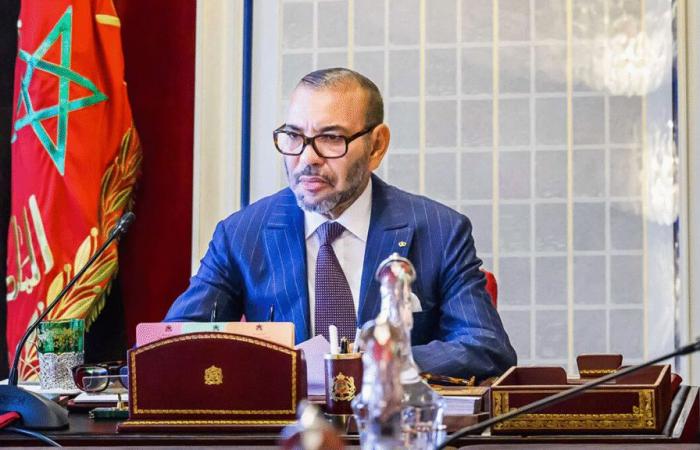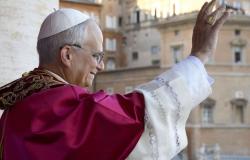King Mohammed VI, accompanied by his Royal Highness the Crown Prince Moulay El Hassan, launched the construction of the construction platform of the Rabat-Salé-Kénitra region on Wednesday to the Commune of Salé). This project embodies the Moroccan vision of resilience and rapid mobilization in the event of disasters. It is part of the high royal orientations aimed at providing each region of the kingdom with a basic necessity storage platform – tents, covers, beds, drugs, foodstuffs – in order to ensure an immediate response to crises such as floods, earthquakes or industrial accidents.
The Rabat-Salé-Kenitra platform will be built on a 20 hectare plot, with a 12-month production period for a budget of 287.5 million dirhams. It will include four warehouses of 5,000 m² each, two shelters for equipment excluding template of 2,500 m², a heliport and several car parks.
This project is part of a global national program, presented to the sovereign on this occasion, providing for the creation of twelve similar platforms for a total investment of 7 billion dirhams: 2 billion for infrastructure and 5 billion for the acquisition of equipment and emergency products. These platforms will occupy an area of 240 hectares together and will house 36 warehouses, their size being adjusted to the demographic density and the risk profile of each region.
-For the six most populated regions-Casablanca-Settat, Rabat-Salé-Kenitra, Marrakech-Safi, Fès-Meknès, Tanger-Tétouan-Al Hoceima and Souss-Massa-The platforms will include four warehouses totaling 20,000 m² each. The other six regions-the Oriental, Béni Mellal-Khénifra, Drâa-Tafilalet, Guelmim-Oued Noun, Laâyoune-Sakia El Hamra and Dakhla-Oued Ed Dahab-will have two warehouses of 10,000 m² in total. The planned stocks are intended to allow a rapid reaction in the event of a disaster, meeting the needs of rescue, help and management of victims, in the spirit of the royal proactive vision.
The planned equipment cover several areas: emergency accommodation with 200,000 versatile tents, camp beds, mattresses and covers; food for victims via mobile kitchens and bakeries, and food kits; supply of drinking water and electricity thanks to purification systems and mobile generators; Development of intervention capacities to combat floods, earthquakes, landslides, sludge, or chemical and radiological risks. The medical component provides for the reserve of six campaign hospitals of 50 beds in a first phase, and six others in a second, with operating modules and specialized services. Advanced medical stations will be installed on the victims, in addition to reserves of medicines adapted to immediate needs.
These platforms will strengthen national emergency infrastructure, fluidify the delivery of aid, and improve the capacity of the Kingdom to cope with crises. They will also make it possible to constitute sufficient reserves to meet three times the needs generated by the earthquake of Al Haouz. The program will also contribute to the structuring of a national ecosystem for the production of emergency equipment. The implantation sites have been chosen according to safety criteria, based on a fine analysis of regional needs and risks, based on best international practices and standard.








